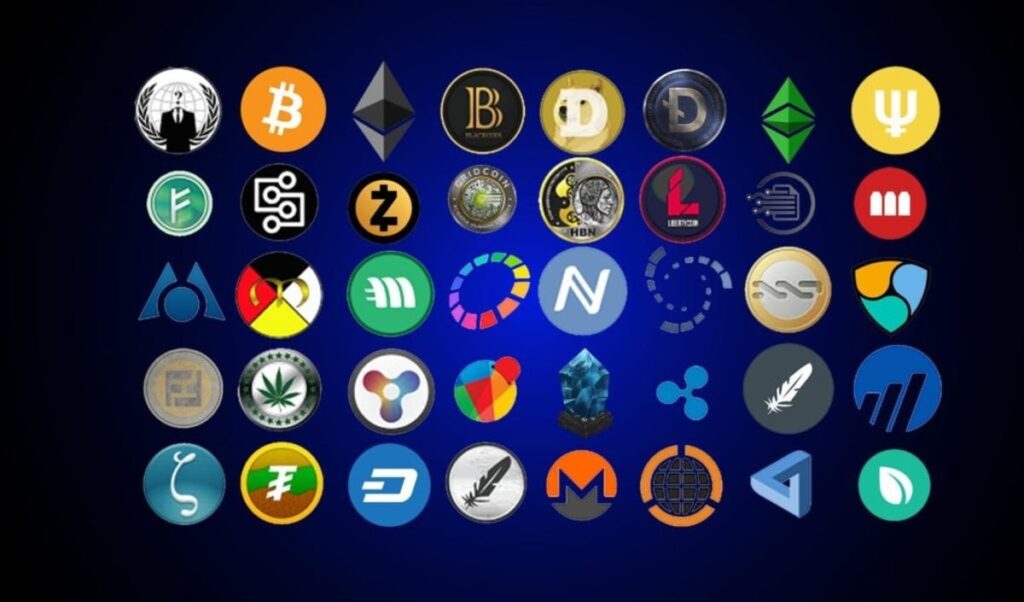Forbes lists 20 cryptocurrencies “zombie blockchains” in detail. Despite high market valuations, XRP and Ethereum Classic fail to provide real-world utility.

Prominent business publication Forbes, known for its insightful analysis of financial markets, has recently disclosed an all-encompassing report that illuminates the mysterious realm of cryptocurrencies.
Forbes has identified a subset of cryptocurrencies in this innovative study called “zombie blockchains.”

Despite the considerable expansion of the cryptocurrency sector, which currently stands at an astounding $2.4 trillion and includes more than 14,000 tokens, the selected cryptocurrencies seem to defy traditional measures of success as they demonstrate negligible practical utility or user acceptance.
This compilation includes Ripple (XRP), Cardano (ADA), Litecoin (LTC), Bitcoin Cash (BCH), and Ethereum Classic (ETC), among other notable cryptocurrencies.
A distinguishing characteristic of these cryptocurrencies is their ongoing operation and trading endeavors, which need more concrete proof of serving practical objectives.
The term “zombie blockchains” accurately characterizes these initiatives, which resemble the undead in that they lack utility and substantial user populations, both essential indicators of vitality.
Critical Analysis of XRP and Other Major Cryptos
Amid the extensive array of cryptocurrencies that Forbes scrutinizes, Ripple’s XRP is a central subject of investigation.
Initially conceived as a formidable competitor to the SWIFT banking network, XRP has encountered challenges in achieving its ambitious goals of facilitating cheap and expeditious international bank transfers.
Despite its failure to disrupt SWIFT, XRP maintains its position as one of the most valuable cryptocurrencies, possessing an impressive market value of $36 billion.
The market dominance of XRP, according to analysts at Forbes, was primarily maintained by speculative trading as opposed to genuine utility.
This observation brings forth relevant inquiries regarding the underlying sustainability and function of XRP, shedding light on the widening divide between its market capitalization and tangible implementation in the cryptocurrency ecosystem.
Comparably, Forbes’ astute analysis scrutinizes additional prominent cryptocurrencies, including Litecoin, Bitcoin Cash, Bitcoin SV, and Ethereum Classic.
Challenges Faced by “Ethereum Killers” and Lack of Governance
Tezos (XTZ), Algorand (ALGO), and Cardano (ADA), which are emergent cryptocurrencies frequently referred to as “Ethereum killers,” are also scrutinized critically in Forbes’ report, which assesses well-established cryptocurrencies.
Despite their considerable market valuations and formidable technological capabilities, these cryptocurrencies have yet to experience extensive adoption or substantial user engagement.
For instance, the prominence of Cardano’s creator, Charles Hoskinson, appears to be the primary driver of speculative interest in cryptocurrency instead of concrete proof of its practical utility.
Operating without regulatory oversight or shareholder requirements, these corporations frequently find themselves swimming in muddy waters, making judging their long-term viability more difficult.
The sustained trading activity of Ethereum Classic, despite significant security vulnerabilities, serves as a poignant illustration of the hazards linked to investing in cryptocurrencies lacking robust governance frameworks.
